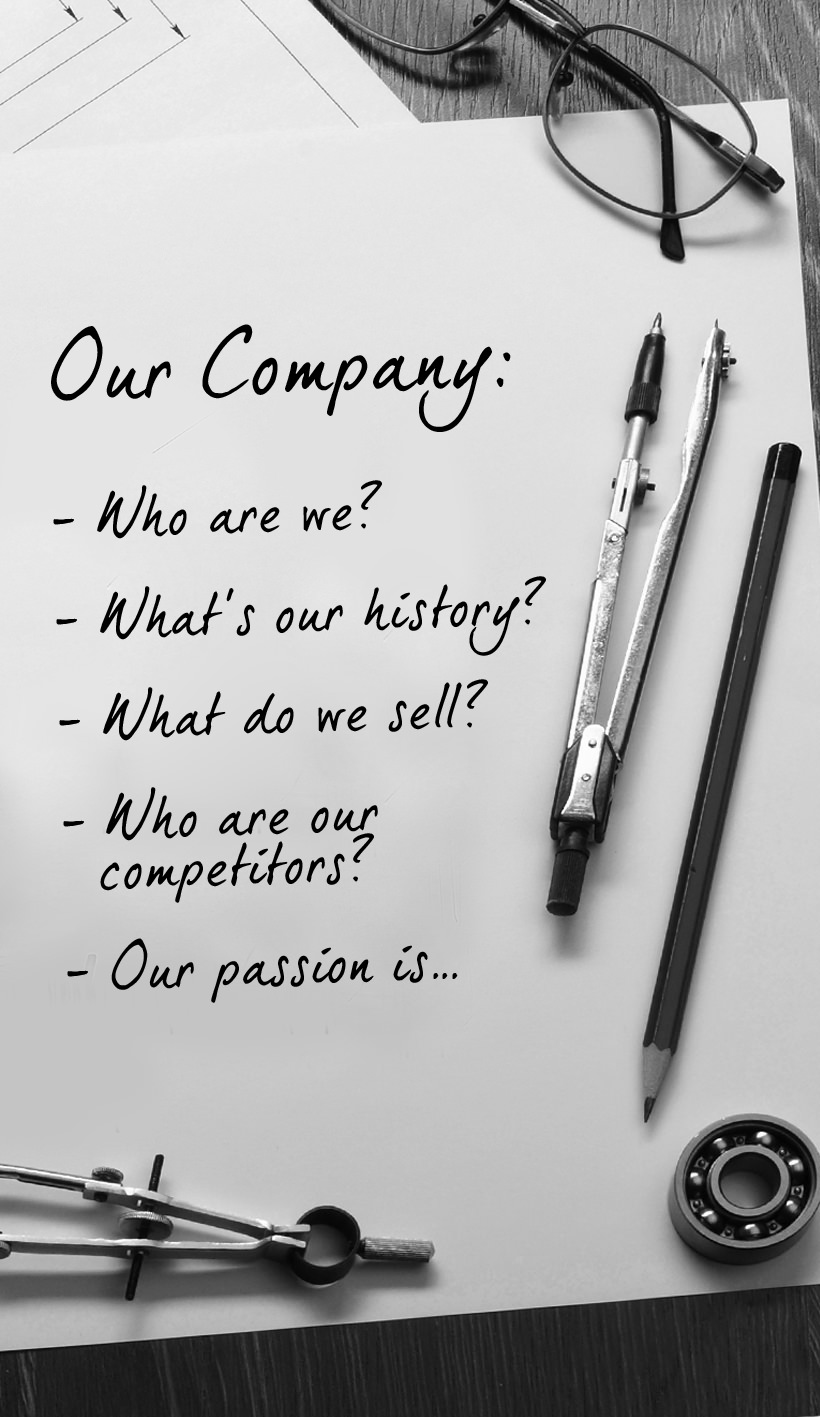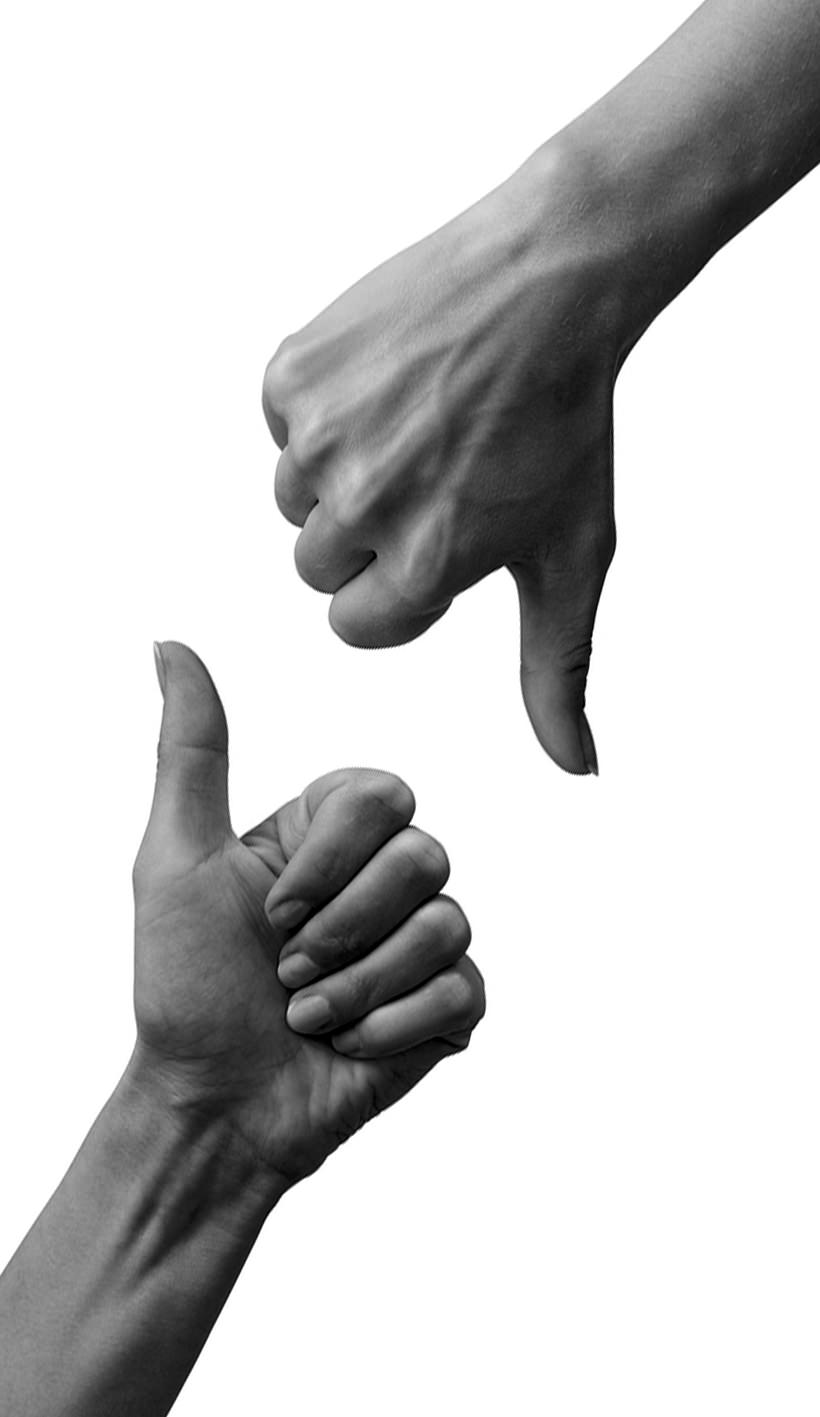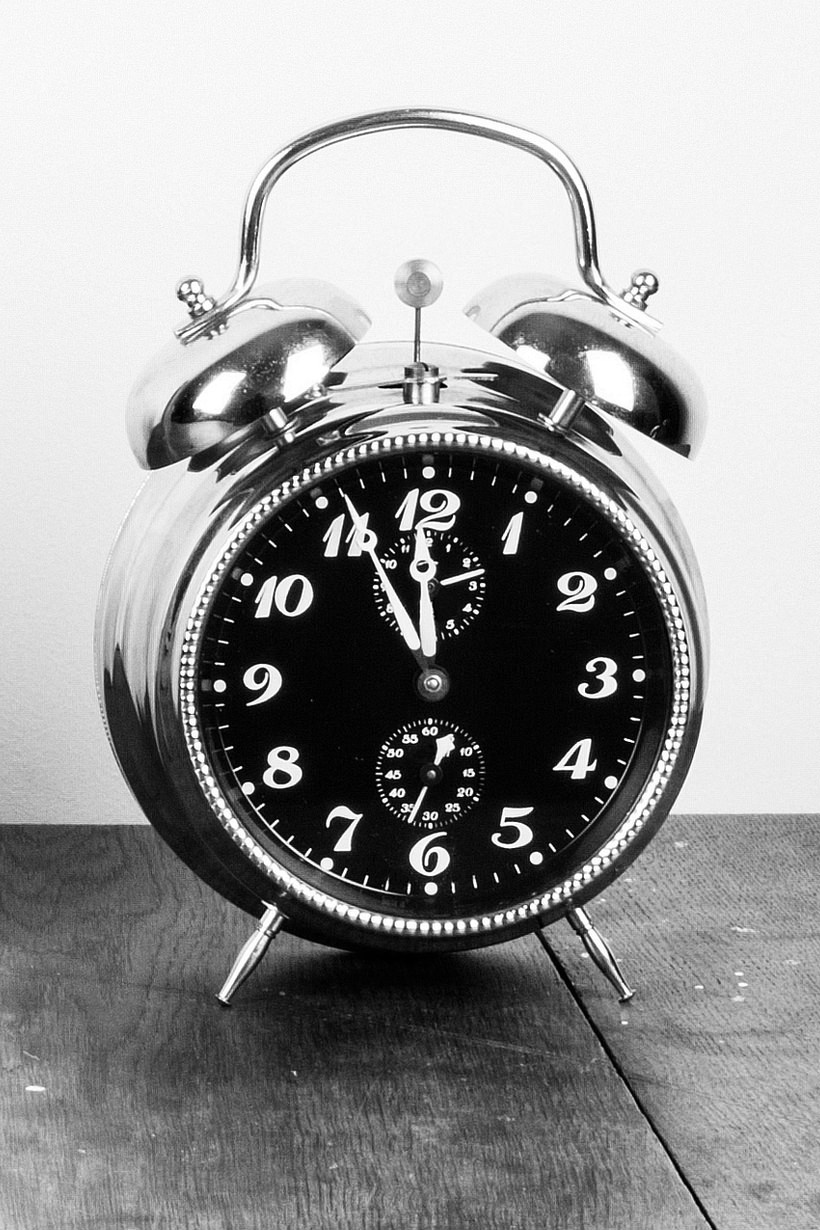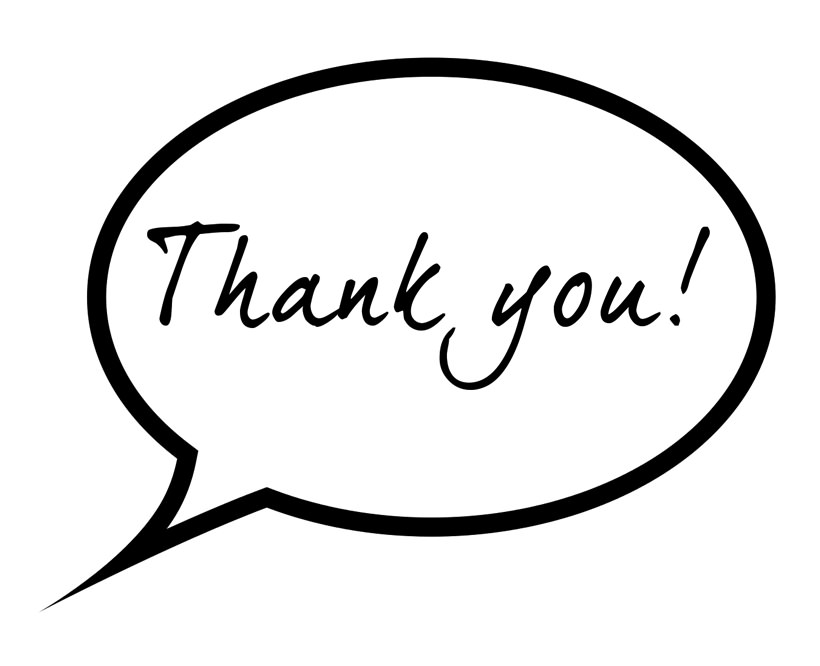When briefing a design agency there are some very important factors to consider. Here are a few crucial things that will help achieve the best out of your design brief:

Never assume that a design agency will automatically know anything about your company. Tell them a bit about what you do, your history, your competitors, your USPs, what are your best selling products and so on. Paint them a brief picture to help them understand your business better. It’s actually a useful process for you to go through too. Then explain what you’re intending to achieve with this design project:
Try and be as clear and concise as possible – the less 'jargon' the better. Also try and include samples of previous design material if you can.
Don't go overboard... we're not talking a six-page A4 document with specific DO's and DON'Ts. If you put the restraints on there and then, it's very difficult for designers to come up with exciting and enticing concepts but at the same time being incredibly vague can have the same effect too!
Appreciate that designers need room, and some freedom, in order to come up with creative design solutions for your project, but bear in mind a few key things too:
Let your design agency know these things upfront and it can save disappointment all round. It can also often be helpful to set up a mood board.


As much as everyone would love to have that one design that could appeal to women and men, ages 15 to 85, attract new customers but not exclude existing ones, and cover B2B and B2C... unfortunately, that's simply not possible.
What is more constructive is narrowing down your sector, knowing specifically who you want to attract and being flexible about different ways of attracting them. Attracting different audiences can often be achieved effectively with catalogues in a number of ways, including using cover tests, carriers or versioning – ask your design agency for their advice.
Be realistic, clear and upfront with your schedule and deadlines, but also be understanding of your design agency’s deadlines within your schedule.
It's important to recognise that your approval date is not necessarily going to be the ‘to print’ date for your catalogue files. If your design agency is working on a 200-page catalogue, they should want to check and prepare these files for print, which means they'll need some time before the print deadline – so factor this into your brief, if you don’t already.
If you have certain approval processes within your company that take time, it’s worth telling your agency at the start. Rushing design jobs helps no one and errors can slip through if a schedule doesn’t include time to review. There will be times when a quicker job is needed, and in these cases alert your agency as soon as possible so you can work out together how to achieve this.


You may not have a budget figure and are looking for a response to help you formulate that, or you may already have a figure in mind. Either way, be clear what your position is with regards to budget and communicate this to the design agency. This helps them recommend the best solution to you.
These are crucial, yet are overlooked surprisingly often. Is it going to be a 16-page PiP saddle-stitched mini-logue? Or a 200-page A4 perfect bound brochure with spine? Every job has specifications and dimensions which designers need at the start. Leaving this sort of decision to the end of a project can prove costly. Nobody wants to have to resize a 200-page catalogue a week before the print deadline – whether doing it or paying for it!
Design agencies can always help advise on formats, paper weights etc – so always ask if you're not sure on this.


This may be stating the obvious, but it never hurts to repeat. Let the design agency know who will be handling the project client-side and how they can get in touch with them.
Then sit back and let your creative agency wow you with their design concepts!
A lot of time and effort will have gone in to creating the designs you are looking at, so remember to give prompt initial feedback, followed by more detailed and considered feedback – which can of course include questions.
